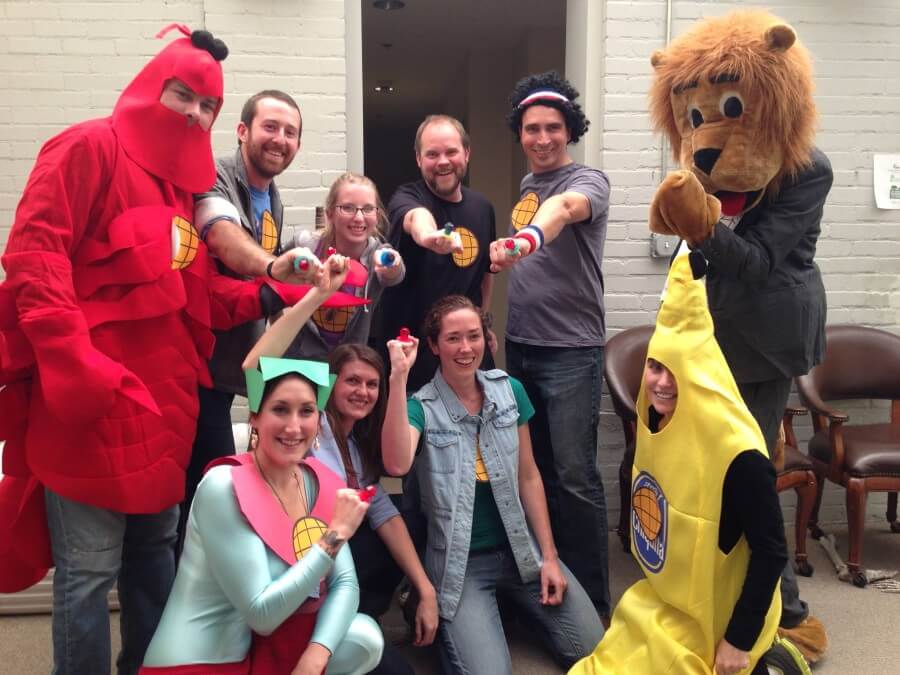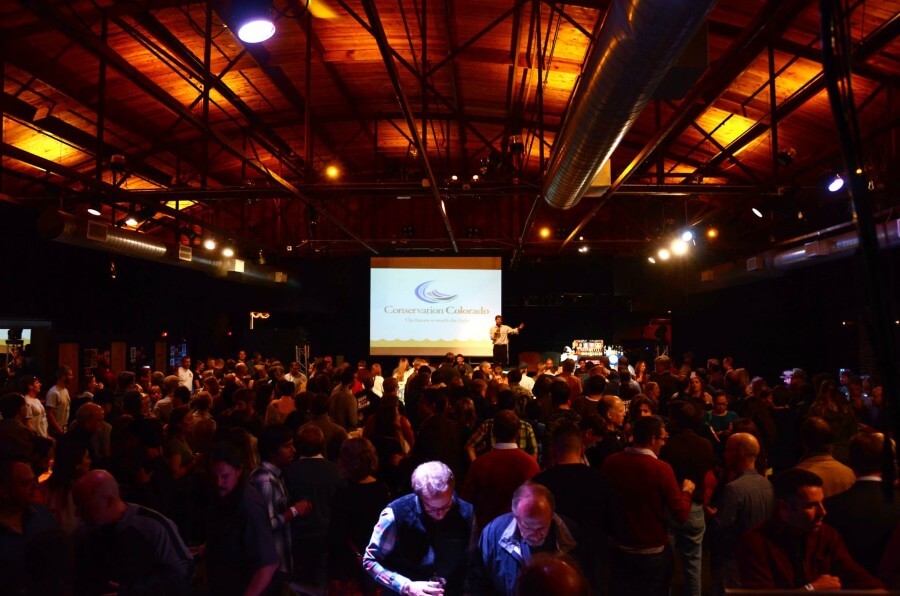As the climate warms, agriculture in Colorado is on the front lines. The agriculture industry in Colorado is worth $41 billion, and so the impacts that climate change will have on food production should be of tremendous importance to all of us.
We interviewed two researchers to get a sense of what the impacts may be. Colorado State University researchers Dr. Pat Byrne and Dr. Scott Denning both work to understand how crops can adapt to climate change.Their research may help farmers identify ways to adapt to climate change in the future.
The Problems that Colorado Agriculture is Facing
Dr. Denning explained that as the global climate changes, average temperature will rise sharply. Because Colorado is so far inland, this effect will be stronger because large bodies of water help mitigate temperature swings and Colorado is far from our oceans or Great Lakes. We can expect temperature increases in Colorado to be 1.5 to 2 times as large as global averages. Imagine the climate of Albuquerque as far north as Greeley.
Hotter temperatures come with longer growing seasons. But they also bring major problems for agriculture. Hotter temperatures make plants “thirstier” even as soaring temperatures reduce Colorado’s snowpack. That means a hotter Colorado is also a drier Colorado.
So, farmers will be needing to get more water for irrigation. With booming population growth, obtaining water rights is already challenging in Colorado. Dr. Denning’s biggest worry is water issues – for both plants and people. We’ll see an increase in irrigation needs for agriculture as snowpack decreases and city populations increase. As he puts it, “Where the heck are they gonna get the water?”
We get most of our water from snowpack. We divert about 83% of collected water to agriculture. Only 17% goes to cities. We’ve already seen a 20% decrease in snowpack.
Dr. Scott Denning
To make matters worse, climate change also creates more variability. Future summers may be cool and damp one year, but scorching and dry the next. As Dr. Byrne points out, it’s one thing to breed a strain of wheat that can withstand hot and dry. It’s another to create a strain that can withstand all extremes. Farmers will struggle to know what to plant in the face of the extremes predicted. Low yields not only spell economic trouble for farmers, but consumers as well.
The Research
Farmers are already adapting to this unpredictable world. They’re implementing low-till or no-till methods to reduce water loss, getting crop insurance, and starting to plant crops like sorghum and millet farther north. Crop diversity is good insurance against climate variability.
While the farmers who produce our food try to adapt, scientists are also searching for more drastic solutions. Dr. Byrne hopes his research on plant genetics will find or create a strain of wheat that thrives in a wide variety of conditions. He worries that common strains of wheat won’t be profitable for farmers in the future. He says of the struggle, “The biggest challenge is variability, not major changes in one direction. If, for example, we could [selectively breed plants] for increasingly hot and dry places. That would be hard but it would be possible. But what makes it hard is the swinging back and forth.”
Implementation
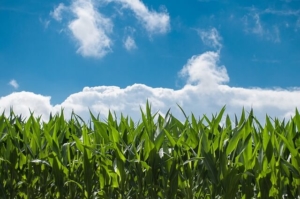 So far, scientists haven’t come up with a one-size-fits-all climate change solution for agriculture. But they are constantly looking for and researching new ideas. One of these is a technique called precision agriculture. Raj Kholsa, another CSU researcher, lays precision agriculture out like this: “Precision farming can help today’s farmer meet these new challenges by applying the right input, in the right amount, to the right place, at the right time, and in the right manner. The importance and success of precision farming lies in these five R’s.”
So far, scientists haven’t come up with a one-size-fits-all climate change solution for agriculture. But they are constantly looking for and researching new ideas. One of these is a technique called precision agriculture. Raj Kholsa, another CSU researcher, lays precision agriculture out like this: “Precision farming can help today’s farmer meet these new challenges by applying the right input, in the right amount, to the right place, at the right time, and in the right manner. The importance and success of precision farming lies in these five R’s.”
Farmers can remedy financial stress from low yields in other ways as well. Some farmers in Europe have had success in partnering with renewable energy companies to share land. The income from leasing land for windmills or solar can make a difference in tough years. Some farmers may take out crop insurance, which will pay them a sum of money if the harvest is bad.
Acting on climate change is imperative for our future food security as well as the current job security of farmers. Aside from supporting climate change champions politically, you can help by supporting local research institutions as they work to find solutions. Support local farmers financially through CSAs and farmer’s markets, and ask them if they use any of the mitigation efforts mentioned above. Supporting the right people with your dollars can help them make bigger changes in the future.

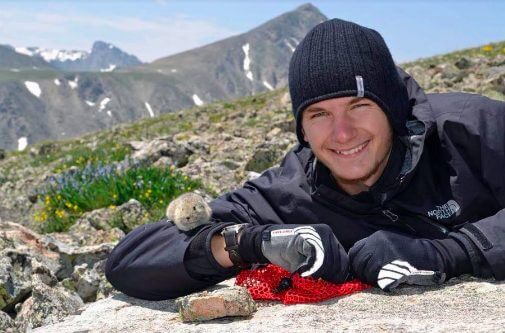

 What can I use the water for?
What can I use the water for?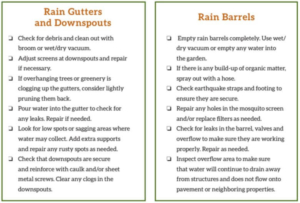
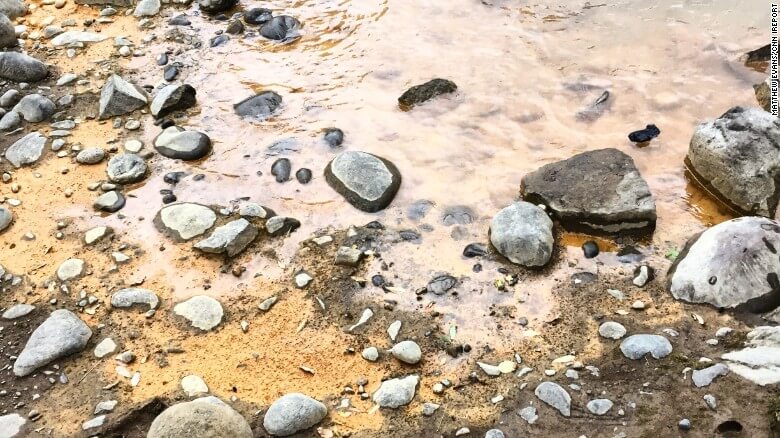
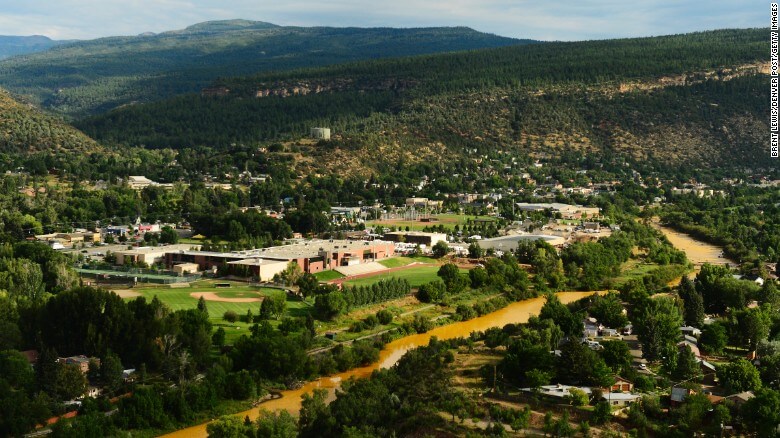
 The ten year long battle to protect the Roan Plateau is finally over. The conservation community finally won the fight to keep the 54,000 acre Roan Plateau from becoming an industrial zone.
The ten year long battle to protect the Roan Plateau is finally over. The conservation community finally won the fight to keep the 54,000 acre Roan Plateau from becoming an industrial zone.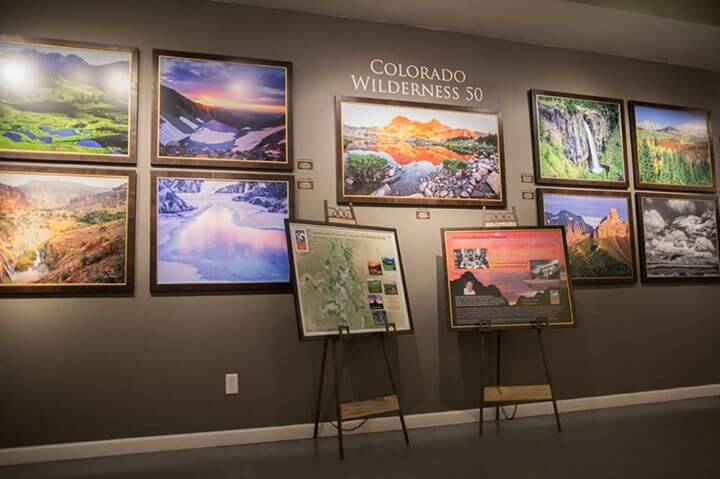 This year marked the 50th anniversary of the Wilderness Act, and boy, did we celebrate. We held events across the state from July to November to raise awareness about the 3.6 million acres of Colorado’s most sublime wildlands that are set aside as wilderness areas.
This year marked the 50th anniversary of the Wilderness Act, and boy, did we celebrate. We held events across the state from July to November to raise awareness about the 3.6 million acres of Colorado’s most sublime wildlands that are set aside as wilderness areas.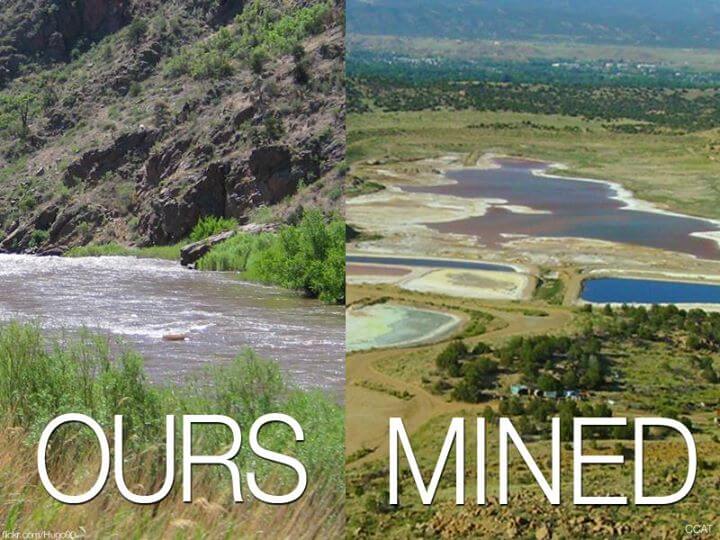 In April we were thrilled to help pass legislation that will finally clean up groundwater contamination in the Lincoln Park neighborhood of Canon City. After 30 years of pollution and indifference from Cotter Corporation, Coloradans living in its shadow were finally granted the right to clean water and use of their own water wells.
In April we were thrilled to help pass legislation that will finally clean up groundwater contamination in the Lincoln Park neighborhood of Canon City. After 30 years of pollution and indifference from Cotter Corporation, Coloradans living in its shadow were finally granted the right to clean water and use of their own water wells.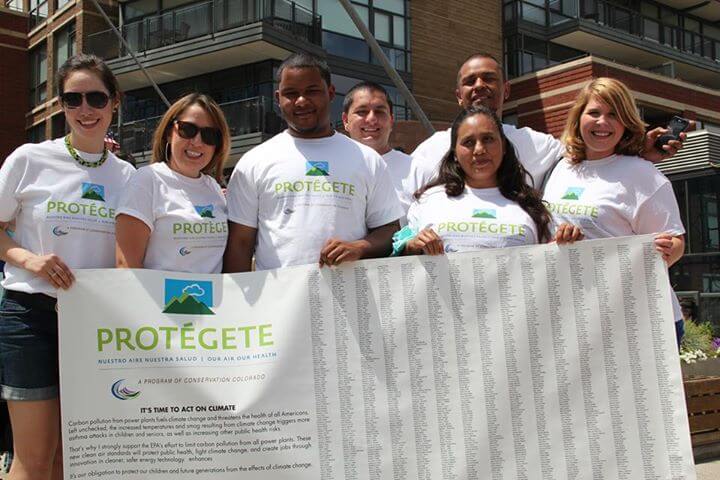 This year, Conservation Colorado launched Protégete: Our Air, Our Health. It is an important and timely effort to engage the Latino community around the issues of clean air and climate change.
This year, Conservation Colorado launched Protégete: Our Air, Our Health. It is an important and timely effort to engage the Latino community around the issues of clean air and climate change.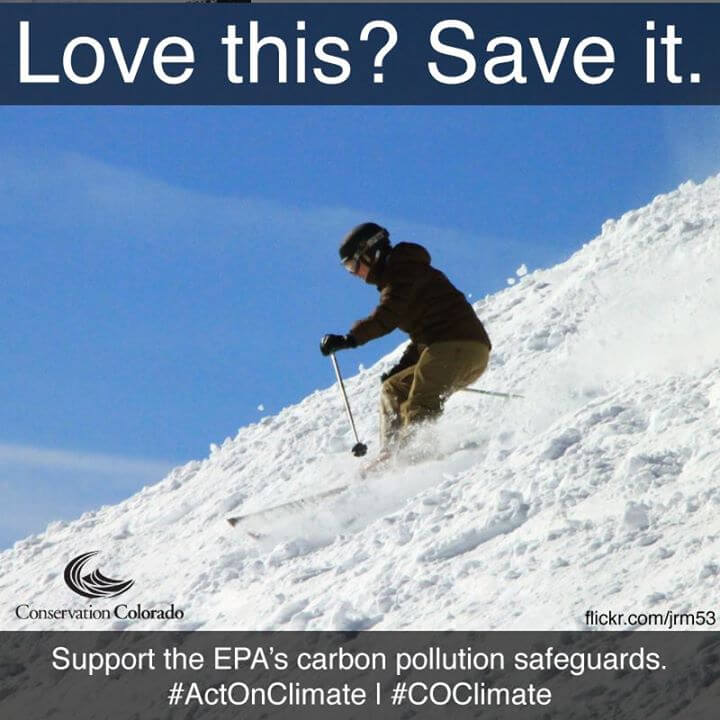 This year we took a huge step toward addressing the challenge of climate change. The Environmental Protection Agency (EPA) proposed national safeguards that aim to cut carbon pollution, One of just four hearings across the country was held right here in Colorado! Our coalition rallied over 250 Coloradans to testify at the hearings and came out on top — an overwhelming majority of the testimonies showed support of the EPA’s Clean Power Plan.
This year we took a huge step toward addressing the challenge of climate change. The Environmental Protection Agency (EPA) proposed national safeguards that aim to cut carbon pollution, One of just four hearings across the country was held right here in Colorado! Our coalition rallied over 250 Coloradans to testify at the hearings and came out on top — an overwhelming majority of the testimonies showed support of the EPA’s Clean Power Plan. Colorado sent a strong message to the nation in February – that every person deserves to breathe clean air. With your support, and after a year-long ground campaign, Colorado’s Air Quality Control Commission passed groundbreaking, first in the nation rules that directly regulate methane pollution from oil and gas facilities.
Colorado sent a strong message to the nation in February – that every person deserves to breathe clean air. With your support, and after a year-long ground campaign, Colorado’s Air Quality Control Commission passed groundbreaking, first in the nation rules that directly regulate methane pollution from oil and gas facilities.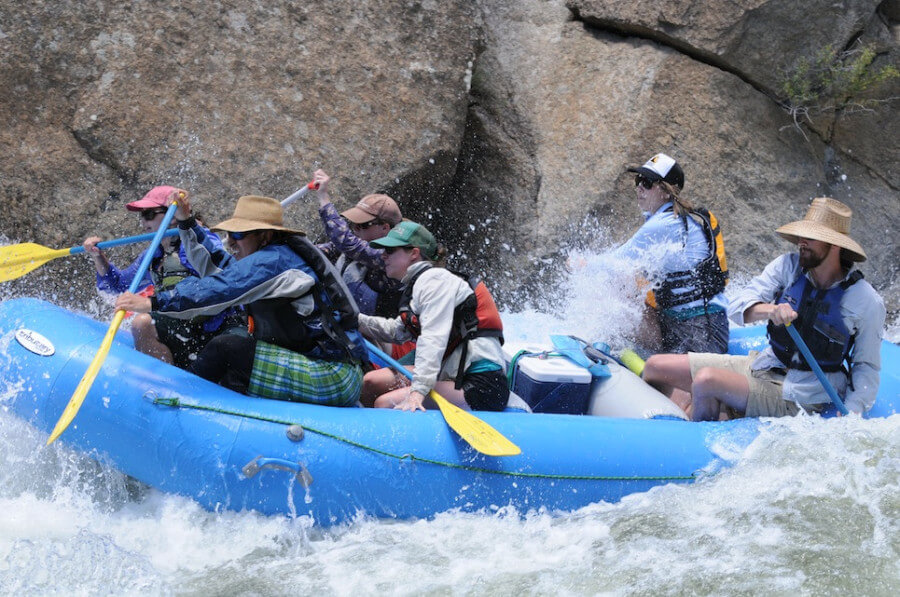
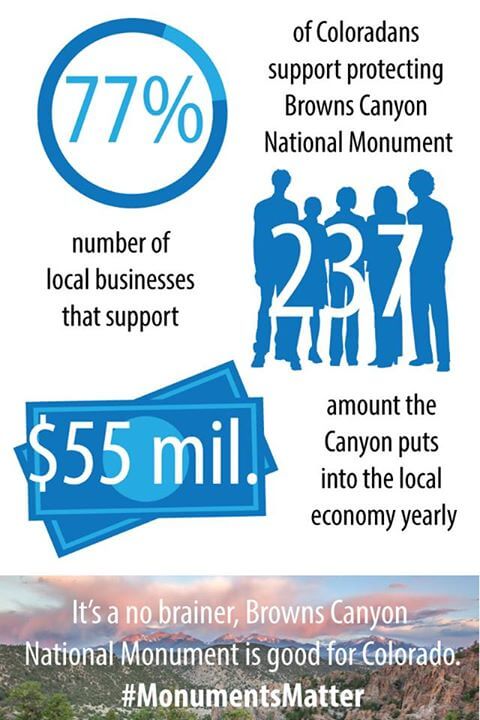 Conservation Colorado has worked with U.S. Senators Mark Udall and Michael Bennet for years to designate Browns Canyon as a national monument. This month, we brought this beautiful 22,000 acres of public lands around the Arkansas River to the forefront of President Obama’s attention and are optimistic that he will take the next step to finally protect Browns Canyon once and for all.
Conservation Colorado has worked with U.S. Senators Mark Udall and Michael Bennet for years to designate Browns Canyon as a national monument. This month, we brought this beautiful 22,000 acres of public lands around the Arkansas River to the forefront of President Obama’s attention and are optimistic that he will take the next step to finally protect Browns Canyon once and for all.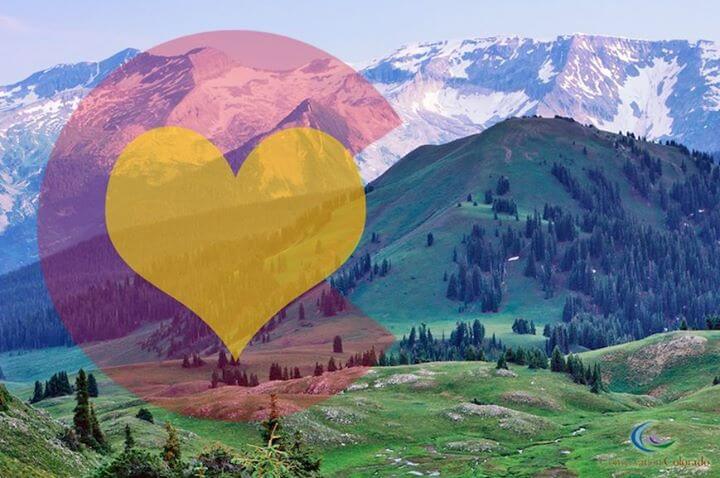 Conservation Colorado works hard to protect the land, air, and water of our beautiful state for YOU, our members. We are proud to have a growing membership of dedicated Coloradans who are willing to take action and support the work that will ensure clean air, healthy flowing waters, and protected lands for years to come. We do this work because we believe that it is your right to enjoy the outdoors as you see fit, without restrictions from out-of-state special interests and polluting industries. We do this work because of YOU.
Conservation Colorado works hard to protect the land, air, and water of our beautiful state for YOU, our members. We are proud to have a growing membership of dedicated Coloradans who are willing to take action and support the work that will ensure clean air, healthy flowing waters, and protected lands for years to come. We do this work because we believe that it is your right to enjoy the outdoors as you see fit, without restrictions from out-of-state special interests and polluting industries. We do this work because of YOU.
